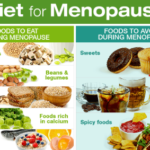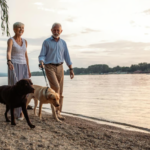If you’re dining alfresco, try these tips and tricks for delicious, safe picnic foods that keep well in the heat.
Portable picnic foods that won’t spoil in heat
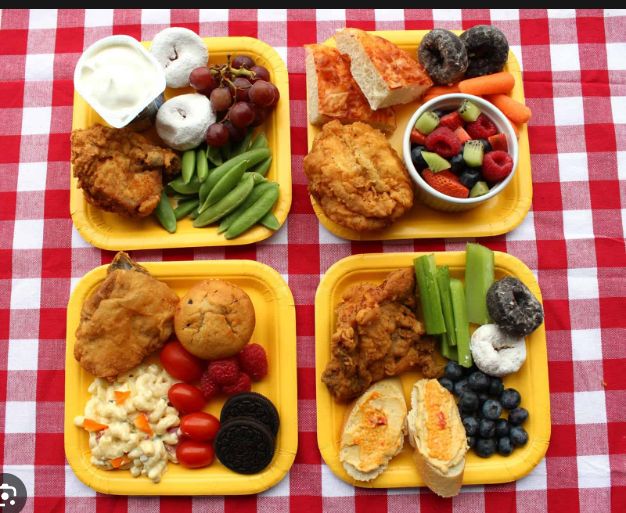
Also read-Blood clot: Exercising Safely After Having a Blood Clot For Better Health
Eating outside, be it in your backyard, on a picnic blanket, at the beach, or while camping, has a certain allure. While eating outside is a popular American activity, food safety is at risk when temperatures rise. The ideal conditions for the growth and multiplication of potentially harmful bacteria are found in hot temperatures.
Planning the ideal menu and preventing food contamination while dining outside calls for a few straightforward guidelines and meticulous attention to detail. Remember these pointers to ensure a fun and safe outdoor dining experience:
Prioritize safety
Start with food at the proper temperature. Don’t rely on the cooler to chill your food. Cold foods should be cold before being placed in the cooler.
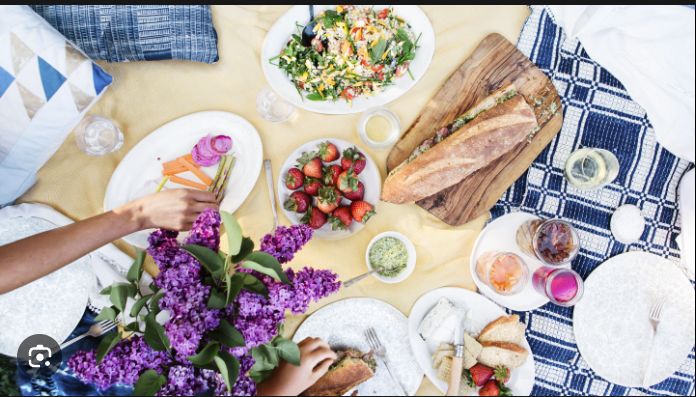
“Starting with room temperature or hot food could result in your food never getting to a safe temperature for storage and transport,” says Tracey Brigman, Associate Director of the National Center for Home Food Preservation at the University of Georgia. The ideal refrigerator temperature is 40 degrees Fahrenheit or below, which is the same temperature you want to maintain in your picnic foods cooler. Brigman recommends placing an appliance thermometer in your cooler to monitor temperatures. Help your cooler stay cold by chilling it with ice before packing the food.
Food that needs to be kept cold, such as potato or tuna salad, shouldn’t be outside a refrigerator or cooler for more than two hours, or one hour when the temperature is 90 degrees or above.
Pack your cooler correctly
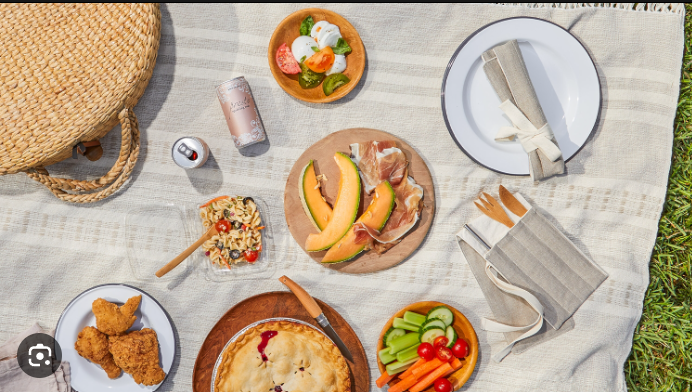
Use separate coolers packed with plenty of ice and ice packs. Have one cooler just for drinks, designed for frequent opening and closing. Use a separate cooler or two for cold foods. Place raw poultry or meat in zippered bags layered on the bottom of the cooler to avoid any potential leaking onto other foods. Next, place fruits, vegetables, and grains, leaving the top space for more delicate items.
“Packing a cooler correctly is essential to food safety,” says Brigman. A fully packed cooler will maintain its cold temperatures longer than one that is partially filled.
Keep everything clean
Avoid cross-contamination. Use separate cutting boards, knives, serving utensils, and plates for raw and cooked foods. Discard marinades used for raw meats.
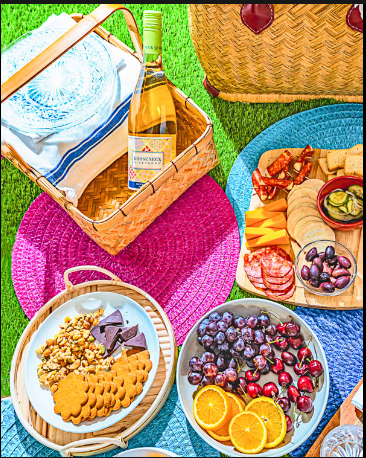
“It is essential that foods are handled properly prior to cooking because cooking is not a sure thing to prevent foodborne illness if food is mishandled before cooking,” warns Brigman.
Clean hands and clean surfaces are a must before beginning preparation. Wash your hands and all cutting boards, knives, and grilling equipment well before using them. If the picnic area doesn’t have water, pack up sanitizing wipes and hand sanitizer to take along.
Keep your cooler cool
Keep food coolers closed until mealtime and store coolers in the shade. An ingenious tip for keeping food cold is to use frozen water bottles, which can also be used to make refreshing beverages. Covering the cooler with a blanket will keep it well-insulated.
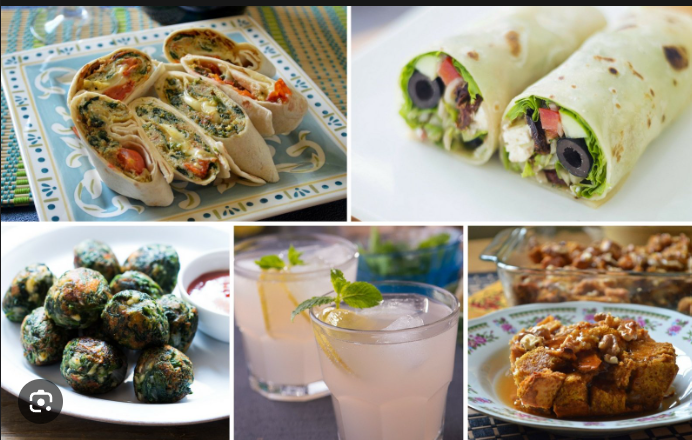
The necessities include multiple cutting boards, knives, serving utensils, an instant read thermometer, plates, eating utensils, paper towels, trash bags, water, and zippered bags for leftovers. Don’t forget these items.
Safe grilling
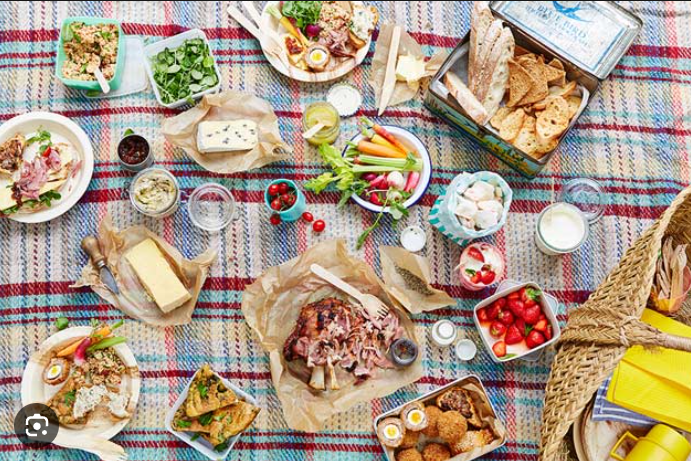
Cook food to the right temperature if you’re going to be grilling or barbecuing any meats or seafood. Make sure the poultry is cooked to 165 degrees Fahrenheit by using a meat thermometer. Ground meats should be 160 degrees; seafood and whole meats should be 145 degrees.
The best foods for outdoor eating
Simple, healthful dishes that don’t wilt in the heat, like whole grains, fruits, vegetables, salads, and your choice of protein, are ideal for outdoor dining.
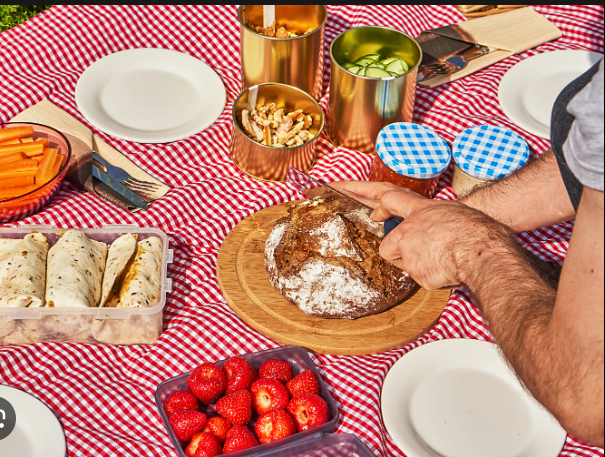
“Keep it simple; consider food safety, transportation, and ease of eating,” advises James Beard award-winning cookbook author, southern chef, and cookbook author Virginia Willis when creating your menu. It’s best to eat wilting foods at home, such as butter lettuce and mayonnaise salads. Rather, consider robust dishes that are portable and suitable for eating on a picnic table or on your lap.”
8 foods perfect for picnic foods:
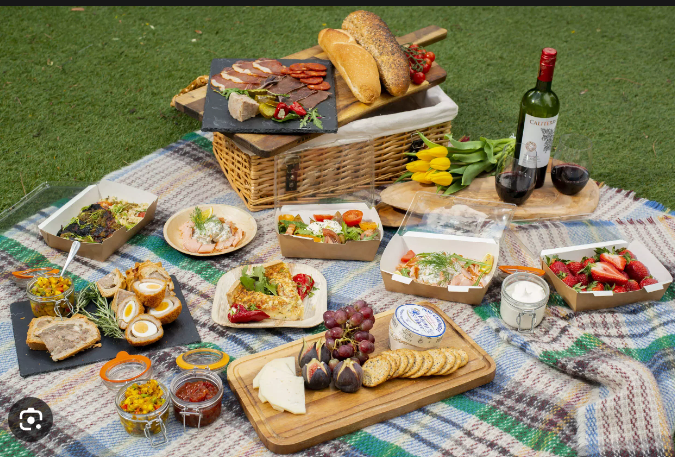
- Dried fruits, nuts, and seeds
- Fish and chicken in pouches
- Pre-made wraps.
- Fresh fruits.
- Fresh vegetable salads.
- Fruit salsas.
- Grain salad bowls.
- Canned bean salads.
Also read-The Warrior Diet: Everything You Need To Know For Healthy Life And
Disclaimer: The opinions and suggestions expressed in this article are solely those of the individual analysts. These are not the opinions of HNN. For more, please consult with your doctor.
Images source-google









